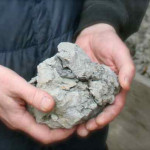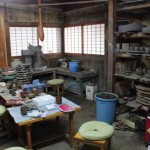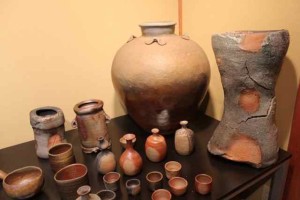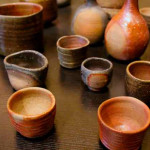His visit proved fruitful. A chance exchange with the owner of Tokyo ware shop led to the owner asking Kaneshige to take an apprentice. Expressing his heartfelt desire to learn the art of Bizen yaki (Bizen ware), John was accepted as a disciple of the illustrious master. Two years had passed since he first wrote to the master.
The apprenticeship was not easy. For the first year, he was not allowed to make any wares but to carry out miscellaneous tasks. His master was not there to teach him so he had to ‘steal’ his master’s techniques and try making is own wares at night after work. In the middle of winter, he would have Read More




